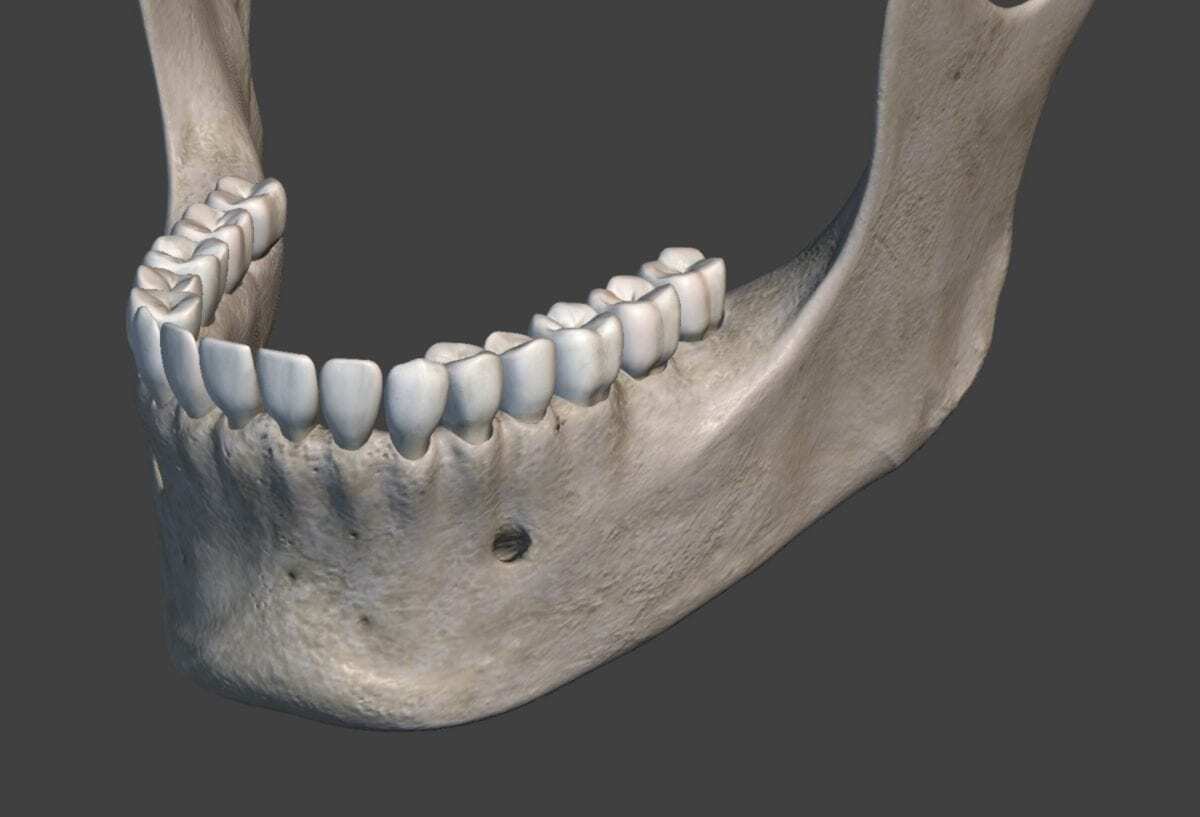Scientific analysis of dental calculus – plaque build-up – of the Famine’s victims found evidence of corn (maize), oats, potato, wheat and milk foodstuffs.
Surprisingly, they also discovered egg protein in the calculus of three people – more associated with diets of non-labouring or better off social classes at the time.
Researchers analysed calculus on teeth from the human remains of 42 people, aged approximately 13 years and older who died in the Kilkenny Union Workhouse and were buried in mass burial pits on its grounds.
The workhouse pits were discovered in 2005 and were found to contain the remains of nearly 1,000 people.
In the mid-19th century an estimated one million people died when a devastating famine hit Ireland after the potato crop failed in successive years.
Potato and milk was virtually the only source of food for a vast proportion of the population.
Many people were forced to seek refuge in the workhouses during the Famine, where they received meagre rations of food and shelter in return for work.
Researchers examined samples of calculus for microparticles and protein content linked to foodstuffs.
The microparticles showed a dominance of corn, as well as evidence of oats, potato and wheat.
The corn came from so-called Indian meal, which was imported in vast amounts to Ireland from the United States as relief food for the starving populace.
Analysis of the protein content identified milk, as well as the occasional presence of egg.
The study is a collaboration between researchers from the Universities of Edinburgh, Harvard, Otago in New Zealand, York, Zurich, and the Max Planck Institute for the Science of Human History in Germany.
One of the lead researchers, Dr Jonny Geber of the University of Edinburgh’s School of History, Classics and Archaeology, said: “The results of this study is consistent with the historical accounts of the Irish labourer’s diet before and during the Famine. It also shows how the notoriously monotonous potato diet of the poor was opportunistically supplemented by other foodstuffs, such as eggs and wheat, when made available to them.
“The Great Irish Famine was one of the worst subsistence crises in history but it was foremost a social disaster induced by the lack of access to food and not the lack of food availability.”





